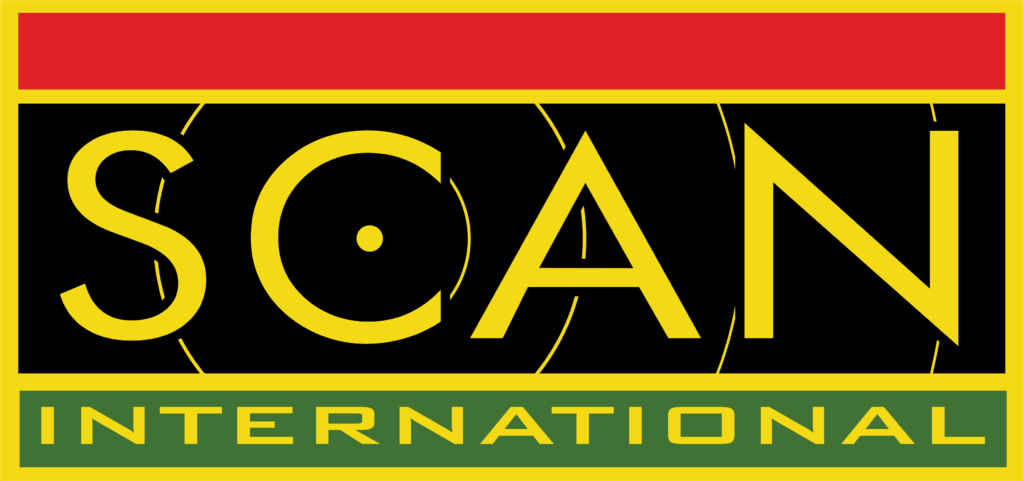⦿ Homebrew QFH Antenna for Weather Satellites
The Quadrifilar Helix Antenna, known as QFH, is a popular antenna for ham radio hobbyists who capture weather satellite images. Its practical design resembles a spiral and helical pattern of its elements, thus enabling the magnitude and direction of electromagnetic fields to circular pattern during propagation.
The unique design of QFH allows it to get an excellent receive and transmit signal in all directions. This phenomenon leads to its capability of transmitting and receiving signals with different frequencies and polarized orientations.
One critical reason for the QFH antenna's popularity is its straightforward construction. With just a few measurements, such as the helix pitch, number of turns, and a basic understanding of bandwidth behavior, enthusiasts can build this antenna using common electromagnetic conducting materials like copper wire or aluminum sheet. The measurements and materials are available in various online resources and ham radio communities.
Jun, 4F9INC, a member of our SCAN group, is a testament to the effectiveness of the QFH antenna. He successfully built a QFH antenna from aluminum scrap and PVC pipe. With his homebrewed antenna, he received clear images from three NOAA weather satellites and the Meteor M2-4 Satellite, inspiring others with his success story.
Brother Jun further explains that QFH antennas are not limited to weather satellite imaging but are also very appealing to spacecraft applications. They offer circular polarization in their radiating hemisphere, and a ground plane does not severely affect their radiation pattern. This versatility will fascinate hobbyists looking to explore different applications of their QFH antennas.







